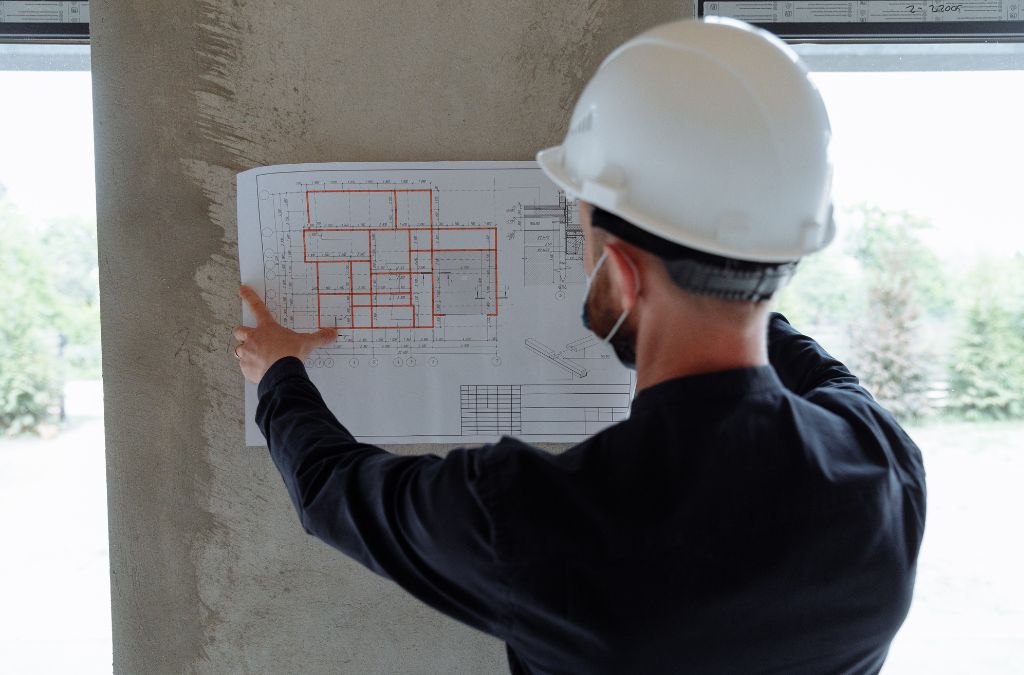
Role of Architect
-
Table of Contents
- The Role of Architects in Community Development and Planning
- Architects as Visionaries and Planners
- Creating Sustainable Communities
- Enhancing Social Interaction
- Architects and Urban Regeneration
- Case Study: The Bilbao Effect
- Mixed-Use Developments
- Architects and Disaster Resilience
- Earthquake-Resistant Design
- Flood-Resilient Infrastructure
- Community Engagement and Participation
- Workshops and Public Consultations
- Collaborative Design Processes
- Conclusion
The Role of Architect in Community Development and Planning
Architects play a pivotal role in shaping the built environment, influencing not only the aesthetics of a community but also its functionality, sustainability, and social dynamics. Their expertise extends beyond designing buildings to include comprehensive planning that addresses the needs and aspirations of the community. This article explores the multifaceted contributions of architects to community development and planning, supported by relevant examples and case studies.
Architects as Visionaries and Planners
Architects are often seen as visionaries who can conceptualize and bring to life spaces that enhance the quality of life for residents. Their involvement in community planning ensures that developments are not only visually appealing but also functional and sustainable.
Creating Sustainable Communities
Sustainability is a key focus in modern architecture. Architects incorporate green building practices, renewable energy sources, and sustainable materials to minimize environmental impact. For instance, the Bullitt Center in Seattle is a prime example of a sustainable building, featuring solar panels, rainwater harvesting, and composting toilets.
- Green building practices
- Renewable energy sources
- Sustainable materials
Enhancing Social Interaction
Architects design spaces that foster social interaction and community engagement. Public parks, community centers, and pedestrian-friendly streetscapes are some of the elements that encourage residents to connect with one another. The High Line in New York City, a linear park built on a disused railway track, has become a popular social hub, attracting millions of visitors annually.
- Public parks
- Community centers
- Pedestrian-friendly streetscapes
Architects and Urban Regeneration
Urban regeneration involves revitalizing neglected or underutilized areas to create vibrant, livable communities. Architects play a crucial role in this process by designing innovative solutions that address the unique challenges of each area.
Case Study: The Bilbao Effect
The transformation of Bilbao, Spain, is a notable example of successful urban regeneration. The Guggenheim Museum, designed by architect Frank Gehry, became a catalyst for economic and cultural revitalization. Since its opening in 1997, the museum has attracted millions of tourists, boosting the local economy and inspiring further development projects.
Mixed-Use Developments
Mixed-use developments combine residential, commercial, and recreational spaces within a single area, promoting a sense of community and reducing the need for long commutes. Architects design these developments to be walkable and accessible, enhancing the overall quality of life. The Pearl District in Portland, Oregon, is a prime example of a successful mixed-use development, featuring a blend of housing, retail, and green spaces.
- Residential spaces
- Commercial spaces
- Recreational spaces
Architects and Disaster Resilience
In regions prone to natural disasters, architects design buildings and infrastructure that can withstand extreme conditions, ensuring the safety and well-being of residents. Their expertise in disaster-resilient design is critical in mitigating the impact of events such as earthquakes, hurricanes, and floods.
Earthquake-Resistant Design
Architects use advanced engineering techniques and materials to create structures that can endure seismic activity. The Taipei 101 skyscraper in Taiwan incorporates a massive tuned mass damper to counteract the effects of earthquakes and typhoons, showcasing the importance of resilient design.
Flood-Resilient Infrastructure
In flood-prone areas, architects design infrastructure that can manage and mitigate water damage. The Netherlands, known for its innovative flood management systems, features floating houses and adaptive urban planning to address rising sea levels and frequent flooding.
- Advanced engineering techniques
- Resilient materials
- Adaptive urban planning
Community Engagement and Participation
Architects often engage with community members to understand their needs and preferences, ensuring that development projects reflect the aspirations of the residents. This participatory approach fosters a sense of ownership and pride among community members.
Workshops and Public Consultations
Architects organize workshops and public consultations to gather input from residents. These sessions provide valuable insights into the community’s needs and preferences, guiding the design process. The participatory design approach used in the redevelopment of the Alexandra Canal in Singapore is a testament to the benefits of community engagement.
Collaborative Design Processes
Collaborative design processes involve working closely with stakeholders, including local governments, developers, and community organizations. This approach ensures that all voices are heard and that the final design meets the diverse needs of the community. The success of the High Line in New York City can be attributed to the collaborative efforts of architects, city officials, and community groups.
- Workshops
- Public consultations
- Collaborative design processes
Conclusion
Architects play a significant role in community development and planning, contributing to the creation of sustainable, resilient, and socially engaging environments. Their expertise in design, urban regeneration, disaster resilience, and community engagement ensures that development projects meet the needs and aspirations of residents. By incorporating innovative solutions and fostering collaboration, architects help build communities that are not only functional but also vibrant and inclusive.
- Checking out the Advantages of CBD Oil for Aging Dogs and Arthritis Relief
- The Ultimate Overview to Choosing the Right CBD Oil for Your Family pet
- Inspirational Stories From People Who Transformed Their Health And Wellness With Shrooms!
- Mushroom Coffee Recipes: Delicious Ways to Enjoy This Healthy Drink
- The Future of Investing: Why Gold IRA Firms are Gaining Appeal